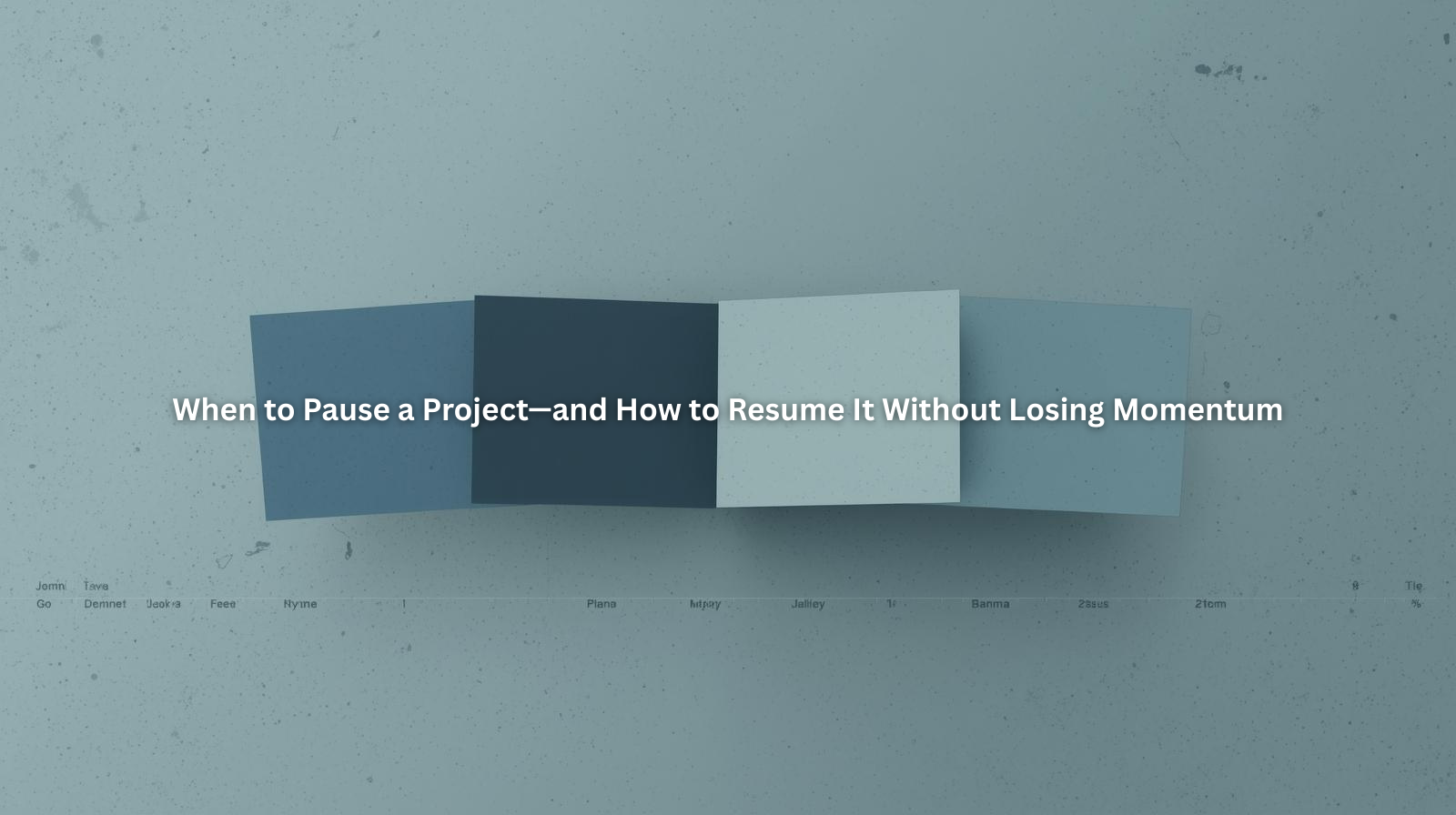How to Streamline Team Communication Without Killing Productivity

The Communication-Productivity Dilemma
Effective communication is the backbone of any successful team, but too much communication can actually kill productivity. Endless meetings, constant Slack notifications, and email overload often leave teams with little time for deep, focused work.
So how do you strike the right balance? How do you keep communication clear and efficient without disrupting workflow and productivity?
The key lies in strategic communication—choosing the right tools, setting clear expectations, and leveraging asynchronous collaboration.
In this guide, we’ll explore how to streamline team communication so your team stays aligned without unnecessary meetings, distractions, or productivity drains.
1. Reduce Meetings—But Make the Ones You Keep More Effective
📌 The Problem:
Too many teams fall into the meeting trap, where scheduled calls become a default solution to every problem. But the truth is, most meetings are unnecessary—or could be significantly shorter.
📌 The Fix:
🔹 Use meetings only for strategic discussions, not status updates.
🔹 Stick to an agenda—no agenda, no meeting.
🔹 Cap meetings at 30 minutes unless absolutely necessary.
🔹 Use async updates (like Project Book’s task comments) instead of check-ins.
💡 Example: Instead of a weekly status update meeting, use Project Book’s shared task board so everyone can see progress in real time—without wasting an hour in a call.
🔹 Pro Tip: Introduce a “silent meeting” policy where updates are written asynchronously, and the call is only for clarifications.
2. Use the Right Communication Channels for the Right Conversations
📌 The Problem:
Teams often use the wrong tools for the wrong types of communication, leading to cluttered inboxes, excessive Slack messages, and lost information.
📌 The Fix:
🔹 Establish a clear communication hierarchy based on urgency and purpose:
.png)
💡 Example: If your team frequently asks questions in Slack but the messages get lost, switch to Project Book’s task comments instead—keeping context tied to the relevant project.
🔹 Pro Tip: Implement a “communication norms” guide that clarifies where different types of discussions should happen.
3. Embrace Asynchronous Communication
📌 The Problem:
Real-time communication interrupts focus time, making it difficult to do deep work.
📌 The Fix:
🔹 Encourage async updates for non-urgent topics.
🔹 Use video or voice memos for nuanced discussions instead of scheduling calls.
🔹 Batch communication into set times (e.g., twice daily Slack check-ins).
💡 Example: Instead of asking, “Can we hop on a quick call?” record a short Loom video explaining your thoughts—your teammate can respond when it’s convenient.
🔹 Pro Tip: Set “communication-free hours” where no messages or meetings are scheduled, allowing for deep work.
4. Create a Single Source of Truth for Projects
📌 The Problem:
When project details are scattered across emails, Slack, and different task management tools, it creates confusion and duplicate work.
📌 The Fix:
🔹 Use a single platform (like Project Book) to centralize communication, tasks, and files.
🔹 Ensure all key decisions are documented in one place.
🔹 Encourage self-service access to information instead of constantly asking teammates.
💡 Example: Instead of answering the same project question multiple times, create a FAQ or resource hub inside Project Book where everyone can reference updates.
🔹 Pro Tip: Use automations to update task statuses so people don’t need to ask, “What’s the latest on this?”
5. Set Clear Expectations for Response Times
📌 The Problem:
When team members feel pressure to respond instantly, it creates constant interruptions and disrupts workflow.
📌 The Fix:
🔹 Define response time expectations for different channels.
🔹 Encourage delayed responses for non-urgent messages.
🔹 Turn off unnecessary notifications to prevent distraction.
💡 Example: Set a guideline:
- Slack messages → Response within 3-4 hours.
- Email → Response within 24 hours.
- Project Book tasks → Status updates every 48 hours.
🔹 Pro Tip: Create a “Do Not Disturb” Slack status or use Project Book’s focus mode to minimize interruptions.
6. Automate Repetitive Communications
📌 The Problem:
Too much time is wasted on sending manual updates, reminders, and follow-ups.
📌 The Fix:
🔹 Use task automation to send reminders instead of chasing people for updates.
🔹 Leverage AI-powered summaries to generate meeting notes and action items.
🔹 Use pre-written templates for common responses (like client onboarding emails).
💡 Example: Set up automated deadline reminders in Project Book, so instead of manually reminding your team, the system does it for you.
🔹 Pro Tip: Use AI tools to auto-summarize long Slack threads so team members don’t need to scroll through endless messages.
Final Thoughts: Communication Should Work for You—Not Against You
🔹 Too much communication slows teams down.
🔹 Too little communication leads to misalignment.
The key is to strategically optimize communication channels, encourage asynchronous collaboration, and use the right tools to ensure teams stay aligned without disrupting productivity.
📌 Project Book makes this effortless by combining:
✅ Task management (so you don’t need endless status updates)
✅ Collaboration tools (so communication stays in context)
✅ Automated reminders (so you don’t have to chase teammates)
🚀 Ready to improve your team’s communication while maximizing productivity? Try Project Book today and experience the difference.


